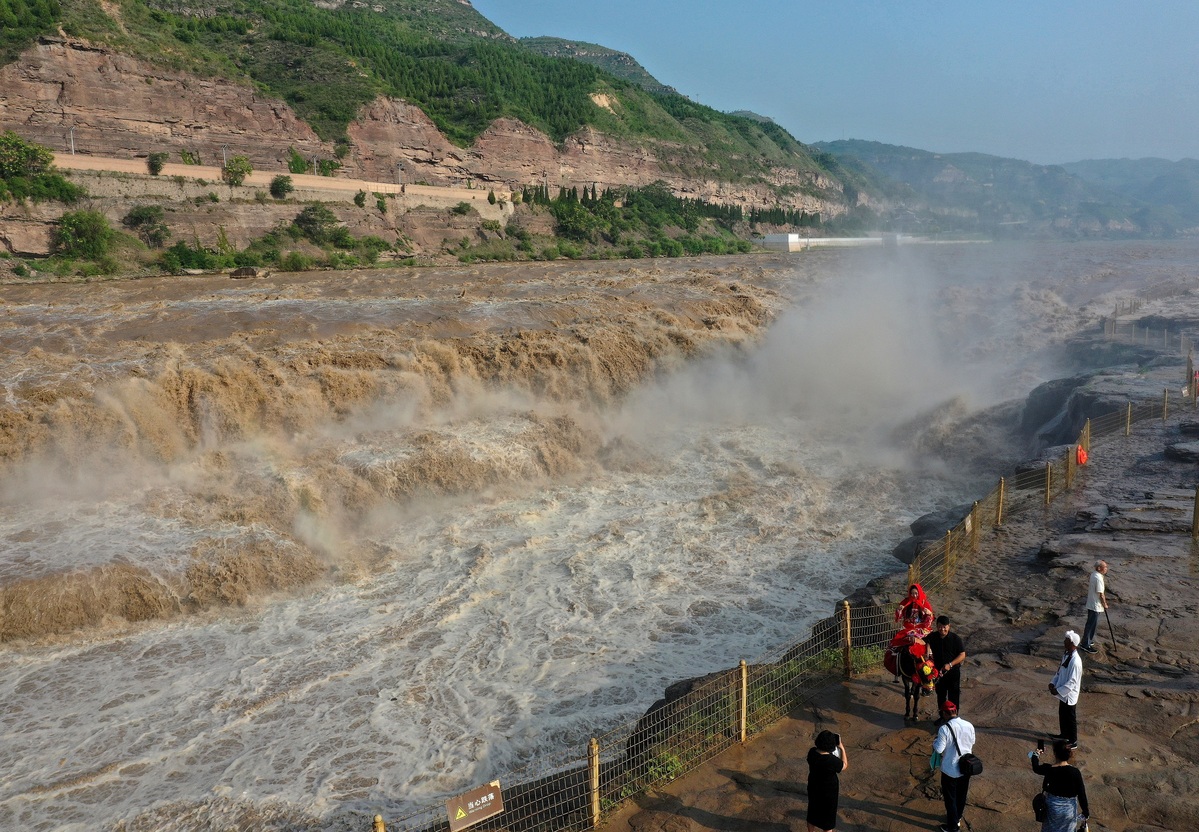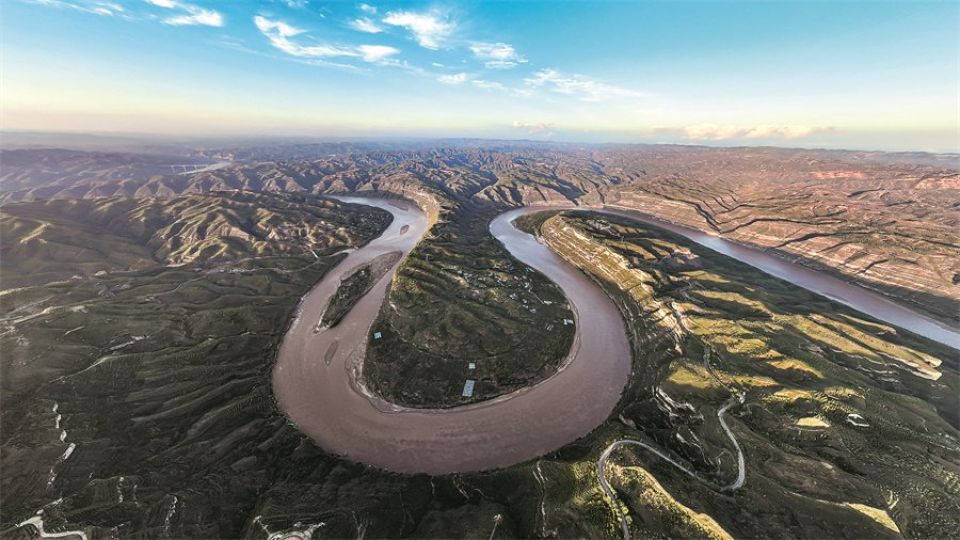Yellow River Vital

The Yellow River Vital: A Vital Force for China’s Environment
China, a country known for its stunning landscapes and rich cultural heritage, is home to many natural wonders, and among these, the Yellow River stands as a symbol of both life and challenges. Known as the “Mother River of China,” the Yellow River has played a crucial role in shaping the nation’s history and development. In this article, we will explore why the Yellow River vital for China’s environment, touching upon its ecological significance, its role in Chinese agriculture, the challenges it faces, and the efforts to ensure its future sustainability.
Introduction to the Yellow River
The Yellow River, or Huang He in Chinese, is the second-longest river in China after the Yangtze River, stretching approximately 5,464 kilometers (3,395 miles) across northern China. It originates in the Tibetan Plateau and flows through several provinces before emptying into the Bohai Sea. The river has earned its name due to the high levels of loess sediment it carries, giving the water a distinct yellow appearance.

Ecological Significance of the Yellow River
The Yellow River vital holds a profound ecological importance for China. Its significance can be regarded in several ways:
1. Biodiversity: The river and its surrounding areas provide habitats for a wide range of flora and fauna. It is a critical migratory route and breeding ground for numerous bird species, contributing to China’s avian biodiversity.
2. Wetlands: The Yellow River basin contains vital wetlands, which serve as breeding grounds for migratory birds and contribute to the region’s overall ecological health.
3. Sediment Transport: The river’s transport of loess sediment replenishes soil fertility in the North China Plain, making it one of China’s most agriculturally productive regions.
4. Unique Ecosystems: The headwaters of the Yellow River originate from the Qinghai-Tibet Plateau, one of the world’s highest and most pristine regions. These ecosystems are of significant ecological importance.
The Yellow River vital Role in Chinese Agriculture
The Yellow River is often referred to as “China’s Sorrow” due to its history of devastating floods. However, it has also been the cradle of Chinese civilization, supporting agriculture for millennia. Its importance in Chinese agriculture can be summarized as follows:
1. Fertile Plains: The North China Plain, through which the Yellow River flows, is one of the most fertile and agriculturally productive regions in China. It provides the nation with staple crops like wheat, maize, and sorghum.
2. Irrigation: The river has historically been crucial for irrigation, enabling the growth of crops that feed millions of people. The fertile silt it carries enhances soil quality, contributing to agricultural success.
3. Historic Significance: The Yellow River Valley has been a center of Chinese civilization for thousands of years, hosting the birth of several ancient dynasties and cultures. It is an integral part of China’s historical and cultural identity.
Challenges and Solutions: Ensuring the Yellow River’s Future
The Yellow River faces various challenges, including pollution, sedimentation, over-extraction of water, and flooding. These challenges threaten the river’s environmental health and the well-being of the communities living along its banks. To ensure the Yellow River’s future, several efforts are underway:
1. Flood Control: The Chinese government has implemented extensive flood control and river management projects, such as levees and reservoirs, to reduce the impact of flooding.
2. Soil Conservation: Efforts to combat soil erosion and protect the loess sediments have been undertaken to maintain soil fertility.
3. Water Management: Stricter water resource management practices aim to address water scarcity and over-extraction issues.
4. Environmental Restoration: Various initiatives focus on restoring wetlands and improving water quality to safeguard the river’s ecosystem.
The Yellow River’s Cultural and Historical Importance
The Yellow River is not only a source of life but a symbol of China’s culture and heritage. It has inspired countless poets, artists, and writers throughout history. The river’s role in shaping Chinese civilization and its historical and cultural significance cannot be overstated.
In conclusion, the Yellow River vital for China’s environment, providing ecological, agricultural, and cultural benefits. It is both a blessing and a challenge, representing the complexities of human interaction with nature. As efforts to address the river’s challenges continue, it remains a testament to the resilience and determination of the Chinese people to ensure a sustainable future for this remarkable waterway.
Know More about Yellow River.
What are The Religious Places of Yellow River?
When Did The Yellow River Basin Become a Focus?
Where is The Yellow River Located?
Who Were The Key Historical Figures and Civilizations of The Yellow River?
How to Reach Yellow River?




